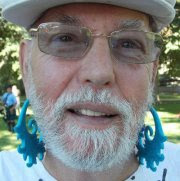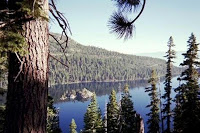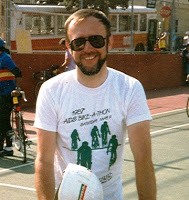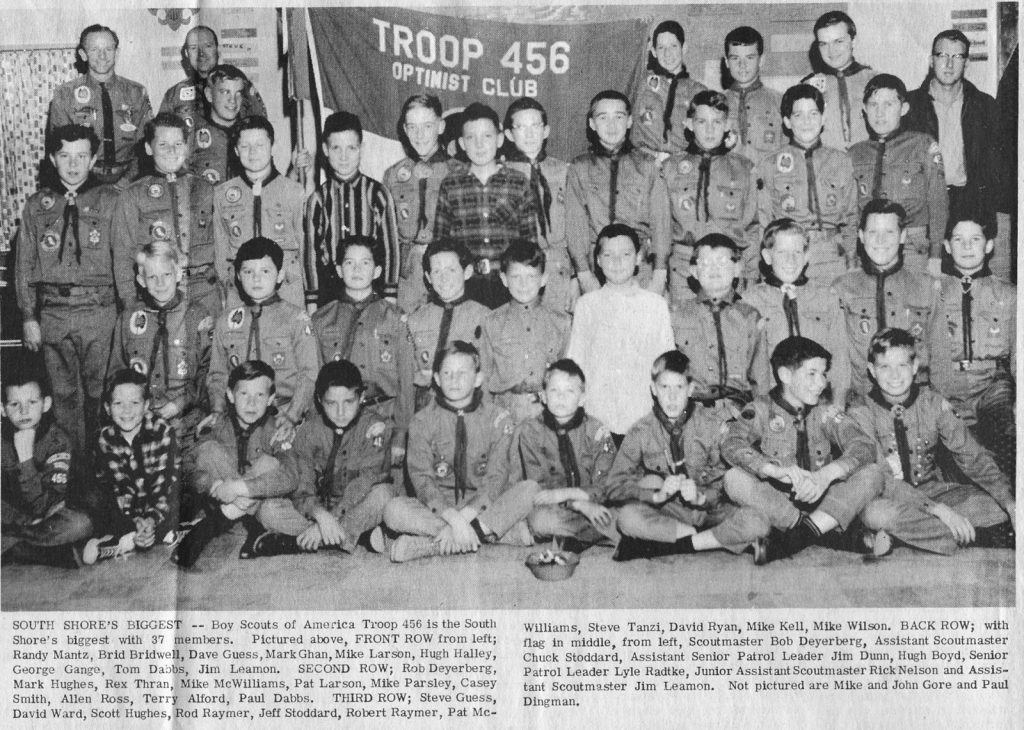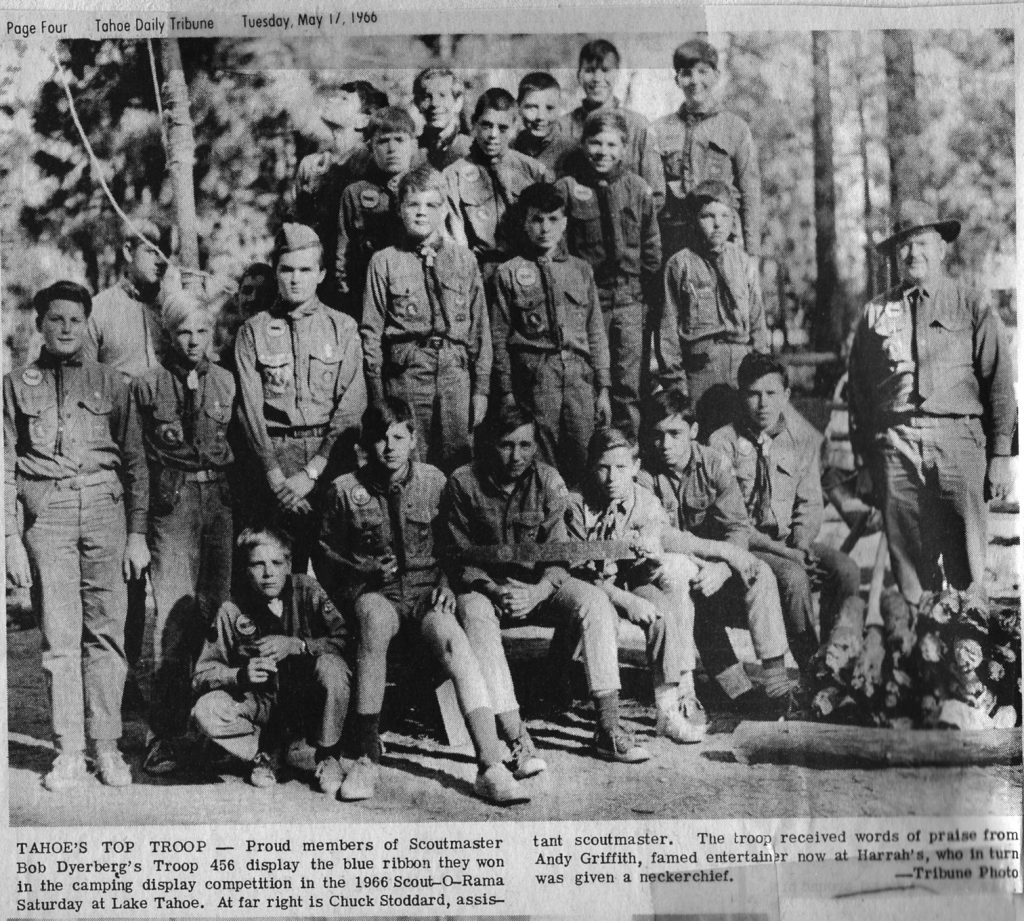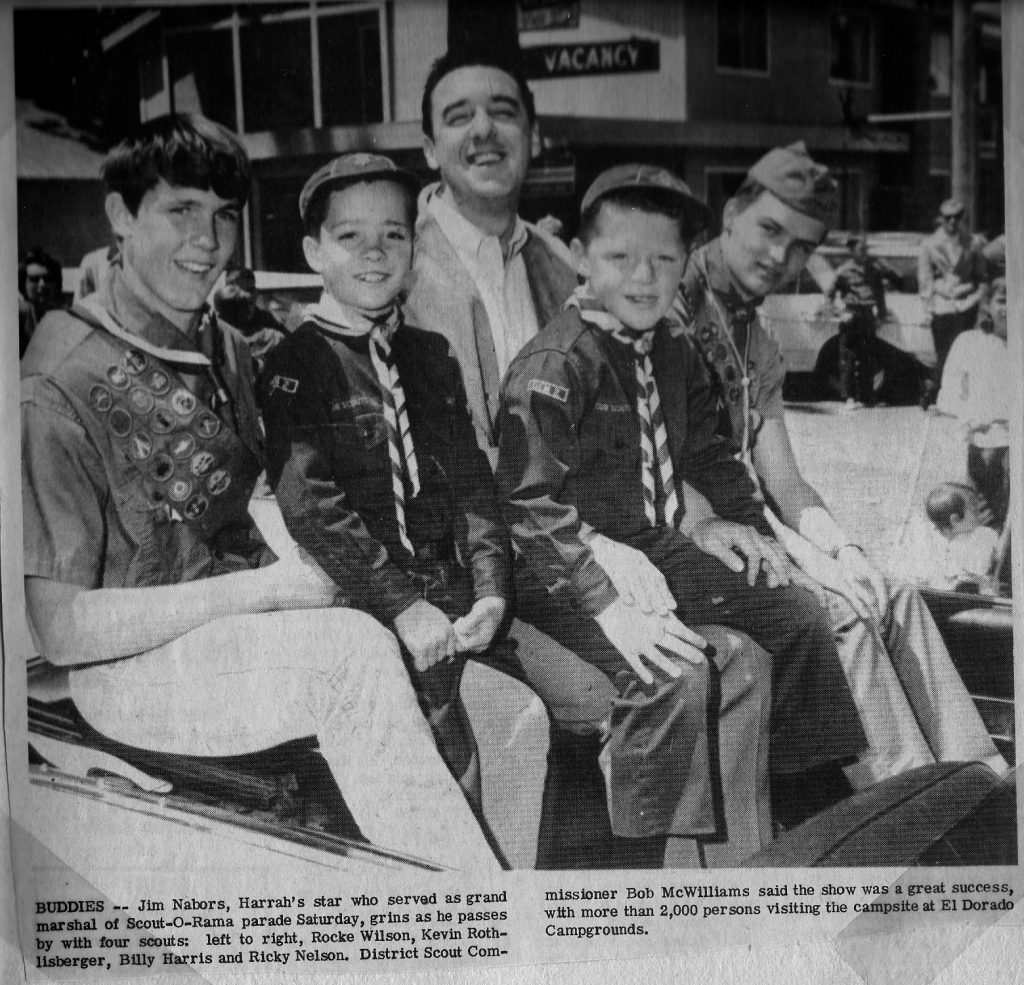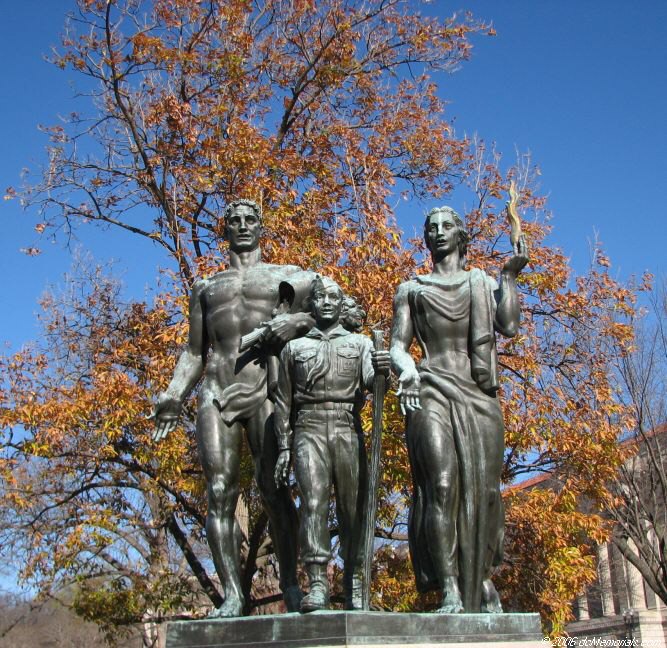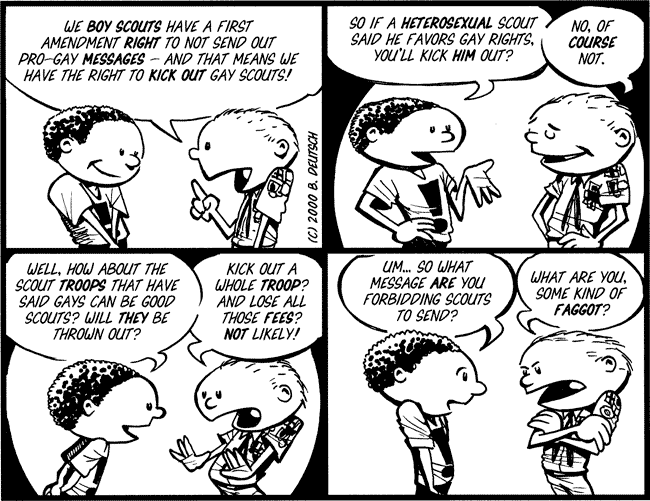The day was sunny and fairly warm for November, so I took a stroll through the park, occasionally having a seat on one of the many benches to soak up the sunshine and to watch the hundreds of geese on the lake. The benches came in handy, considering that it has been a very long time since I was able to take twenty-mile, mountain hikes. My hips were speaking to me, so I sought out another bench to rest.
The only bench close by me at that moment already was occupied by one older woman. I correctly guessed that she was babushka, a grandmother from Russia. She appeared to be friendly, so I asked if could join her. She seemed glad to have the company and someone to talk to. With her heavy Russian accent, the conversation was more “talk to” than “talk with,” for she did the majority of the talking. That was OK with me because everything she had to say was quite interesting.
It turns out that she is seventy-six, although she could pass for fifty. She lived most of her life in Yekaterinburg, the fourth largest city in Russia with quite a history. Situated in the Urals on the border of Europe and Asia, it perhaps is best known as the location where, tragically, Czar Nicolas II, his wife, and all his children were murdered and then buried in the forests nearby.
Yekaterinburg also is known to be a highly cultural city with ample opportunities to engage in the arts. In addition to all of its educational facilities, it has more than thirty museums, plus several theaters, concert halls, and opera houses. Several world-famous operas singers got their start in Yekaterinburg.
This loquacious babushka explained that society there just assumes that good culture should be part of everyone’s life. Consequently, children are brought up to appreciate and to participate in music and the arts and to be familiar with great literature. As it turns out, these pursuits are not just simple hobbies; the families take them seriously. Before she acquired a degree in architectural engineering, she first acquired a degree in classical piano performance. Now that is dedication!
She went on to talk about her family: her husband, her daughters, and her grown granddaughters. Yes, her daughters also acquired degrees in music before pursuing degrees in their chosen professions. Now her granddaughters just have completed their music degrees in Boulder.
Babushka says that she very much misses her home and all the cultural opportunities left behind, but she came to America because of her family. Her husband was offered a good job opportunity as an environmental planner here in America. He accepted it and moved here by himself. His wife chose to remain behind at home. Eventually, their daughters joined their father in America, and Babushka was left alone. Family is most important to her, so finally she joined the family here.
There are many things that she likes about America; however, she has noticed a major difference in culture here. There are some of the same cultural advantages here as in her homeland, but at a very reduced scale and with fewer and fewer people who truly are interested. There appears not to be the same society-wide appreciation of the arts among the population or understanding that incorporating arts and music into one’s life not only enriches human life but also, as proved by several psychological / educational research studies, enhances the ability to learn other disciplines, a concept apparently lost upon school districts that eliminate the arts first from their school programs as “non-essential.”
I understood what she was talking about. Since my childhood, the vast majority of classical music radio stations in America have been disbanded because of rapidly dwindling listenership and advertising income. Throughout America over the last generation, the country has lost dozens of symphonies, theaters, opera companies, ballets companies, and school arts and music programs.
A few years ago, the Denver Symphony could not afford to keep going and was disbanded. Apparently, Denverites will pay hundreds or even thousands of dollars to go to football games and rock concerts, but many far-less pricey symphony tickets were left half-unsold. World-famous musicians would arrive on stage to the embarrassing view of oceans of empty seats. The failed symphony finally was replaced with the Colorado Symphony. Then just last year, most of the board left out of frustration, and the symphony again came close to closing. It is keeping barely alive by cutting the number of concerts, minimizing salaries, and traveling to other venues with small groups of musicians to perform for a handful of listeners.
Other societies have a far different view from America. For example, Germany funds their national arts programs at a rate of dozens of times higher per capita in contrast to America. They give government funding to symphonies at a rate of 25 times that of America and opera companies at 28 times. In contrast, Romney said that he would eliminate all government support for the arts in this country, and he’s not the only one to say that. Like many politicians the past thirty years, he believes in so-called “small government” – – except of course in the cases of increasing military spending, intruding into people’s private lives, dictating women’s health choices, pushing religious beliefs into school science programs, gutting the worker’s unions, and suppressing the right to vote. Within the total military expenditures for each year, a tiny fraction of goes to supporting military marching bands; yet that amount of money is so huge in contrast to what is provided currently to the National Endowment for the Arts that this sum could resurrect and support twenty full-time symphony orchestras at $20 million a piece plus give 80,000 musicians, artists, and sculpture an annual salary of $50,000. But, the “cut-the-budget” power-brokers in Congress never would do that.
During World War II, Britain’s finance minister recommended to Winston Churchill that they cut arts funding to better fund the war effort. Churchill’s response was, “Then what are we fighting for?” There are numerous sociological and psychological articles written and available for reading about the essential need for the arts to develop and maintain a civilized nation with civilized people.
Another example of how culture has declined in America can be seen in what recordings the majority of Americans choose to buy. Just ten years ago, the local Barnes and Noble on Colorado Boulevard carried, in a large percentage of the media room, hundreds of classical recordings on CDs and DVDs; and their staff were graduate students from the D.U. School of Music. That large display area continually shrank until only one small area by the back wall contained classical music, and the only clerk was a high-school graduate who admitted that she had no background in music at all. With the recent renovation of the store and the reduction of the media area to a minor space off to the far side, the stock has been minimized to virtually nothing.
Then I recently stopped in Target just to check out their DVDs. They had only about a half-dozen of real quality and interest to me, five of which I already had, and absolutely no classical CD section at all among the rap, heavy-metal, hip-hop, country-western, pop, rock, and TV soundtracks. That is what sells in America with recordings, live concerts, radio and TV, and even the music chosen for background noise even in so-called good restaurants.
Quite obviously, our country has developed different priorities and values from that of many other advanced nations. I recently finished watching the BBC production of John Carré’s “Tinker, Taylor…” One particular quotation caught my attention. In questioning one of the characters in his story as to why he was so unhappy with America, the man replied, “Do you know what the problem is…? Greed, and constipation…morally, politically, aesthetically.” If that statement seems extreme, the sad fact is that many people hold the same feelings. Unfortunately since the book was written around forty years ago, a similar view of America has persisted among many foreign nations in particular. This cultural difference between the grandmother’s home and what America has become has not been lost upon her, either.
So, the grandmother, obviously proud of her family and all their accomplishments, laments the culture shock that she has experienced. She appreciates her chance to come to America and to be reunited with her family. Yet at the same time, she speaks with fondness and nostalgia of her once having lived in an environment of great cultural opportunity.
I was sure that she had much more to talk about, and I would have been glad to have heard more; however, the sun was going down, and the air quickly was becoming chilly. Even my personal, extra insulation was not enough to stave off the growing cold. So, I thanked her for her conversation, bid her farewell, and headed home, all the time weighing the possible social and personal implications of her reported culture shock.
© 20 November 2012
About the Author
I have had a life-long fascination with people and their life stories. I also realize that, although my own life has not brought me particular fame or fortune, I too have had some noteworthy experiences and, at times, unusual ones. Since I joined this Story Time group, I have derived pleasure and satisfaction participating in the group. I do put some thought and effort into my stories, and I hope that you find them interesting.



